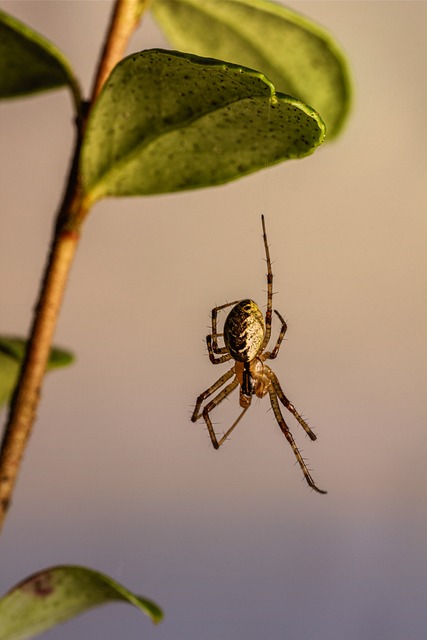Eco-friendly wildlife pest control revolutionizes traditional methods by prioritizing non-lethal, environmentally conscious approaches that respect both human needs and wildlife well-being. Leveraging natural repellents like garlic, cinnamon, and capsaicin, habitat modifications, strategic land management, and understanding animal behavior create barriers that discourage pests while promoting coexistence. Community engagement plays a crucial role through educational initiatives and workshops, encouraging non-lethal techniques tailored to local ecosystems. This holistic approach not only minimizes ecological toxicity but also fosters a healthier, balanced ecosystem, making it a sustainable and popular choice for communities seeking to coexist harmoniously with wildlife.
In an era where environmental consciousness is paramount, the traditional methods of wildlife pest control are under scrutiny. This article explores eco-friendly wildlife pest control as a sustainable approach to coexist with nature. We delve into the rising need for eco-conscious solutions, addressing the harmful impacts of chemical-laden controls. By understanding wildlife behavior and embracing natural deterrents, repellents, and habitat modifications, we can achieve effective yet environmentally benign pest management. From beneficial predators to sound and light technology, this comprehensive guide unveils a diverse array of tools for an eco-conscious future in wildlife control.
# Eco-Friendly Wildlife Pest Control: A Sustainable Approach to Coexistence

Eco-friendly wildlife pest control represents a sustainable approach to coexistence, prioritizing non-lethal methods that minimize environmental impact while effectively managing unwanted animals. Traditional wildlife control often relies on toxic chemicals and traps, which can harm not just the targeted pests but also beneficial species and the ecosystem as a whole. In contrast, eco-friendly practices focus on deterrents, habitat modifications, and humane trapping techniques to mitigate conflicts between humans and wildlife.
This approach leverages natural repellents, structured fencing, and strategic land management to create barriers that discourage pest animals from entering sensitive areas while promoting peaceful coexistence. By understanding animal behavior and leveraging their natural fears, eco-friendly methods offer a harmonious solution that respects both human needs and the well-being of wildlife populations. These strategies not only protect crops and property but also contribute to a healthier, more balanced environment for all inhabitants.
<section id="the-rising-need-for-eco-conscious-solutions–exploring-the-environmental-impact-of-traditional-pest-control-methods-and-the-growing-demand-for-sustainable-alternatives.”>
The Rising Need for Eco-Conscious Solutions: Exploring the environmental impact of traditional pest control methods and the growing demand for sustainable alternatives.
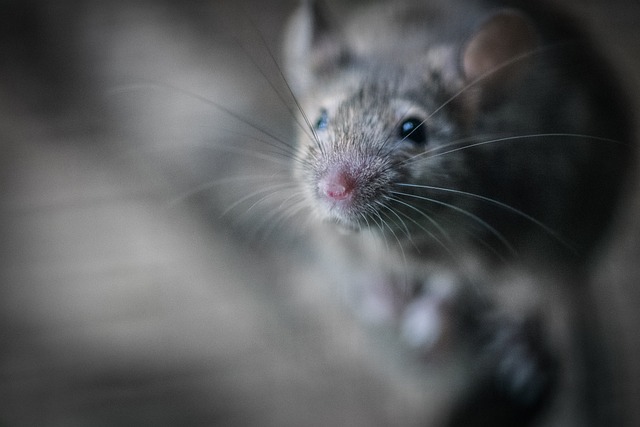
The environmental impact of traditional wildlife pest control methods has become an increasingly pressing issue, as communities seek effective yet sustainable solutions to manage invasive species and protect crops. The use of toxic chemicals, while sometimes successful in short-term pest mitigation, can cause significant harm to non-target organisms, including beneficial insects, birds, and aquatic life. This has led to a growing demand for eco-conscious alternatives that balance the need for pest control with the preservation of ecological balance.
Eco-friendly wildlife pest control offers a promising approach by leveraging natural methods, such as habitat manipulation, biological controls, and non-lethal deterrents, to manage populations sustainably. Integrating these practices into modern pest management strategies not only reduces environmental toxicity but also fosters a more harmonious relationship between humans and wildlife. As awareness of ecological issues continues to grow, the shift towards eco-conscious solutions in wildlife pest control is becoming increasingly necessary and popular.
<section id="understanding-wildlife-behavior–delving-into-the-habits-and-ecosystems-of-common-pests,-helping-readers-comprehend-their-role-in-nature.-“>
Understanding Wildlife Behavior: Delving into the habits and ecosystems of common pests, helping readers comprehend their role in nature.
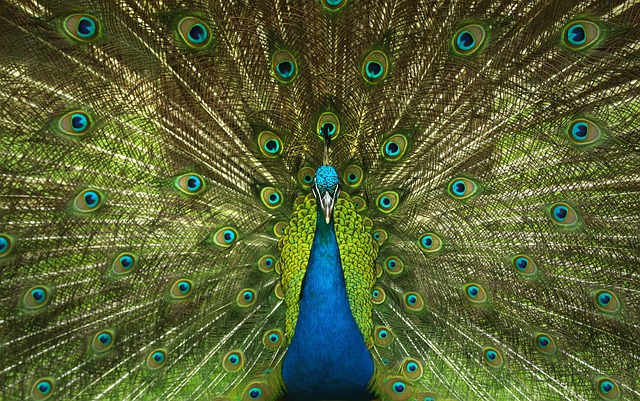
Understanding wildlife behavior is a cornerstone of eco-friendly wildlife control. By delving into the habits and ecosystems of common pests, we gain insights into their roles within the broader natural landscape. Wildlife pests, from rodents to invasive species, have evolved to thrive in various environments, and their behaviors often reflect these adaptations. For instance, many urban pests are highly adaptable, leveraging human activities and structures for food, shelter, and breeding grounds.
This knowledge empowers us to implement non-lethal control methods tailored to each species’ unique needs. Instead of resorting to harmful chemicals or traps, eco-friendly approaches focus on modifying habitats, using deterrents, or introducing natural predators. By respecting wildlife’s place in the ecosystem, we can achieve effective pest control while minimizing environmental impact and promoting biodiversity. This holistic approach to Wildlife Pest Control is key to maintaining a balanced and sustainable coexistence with nature.
<section id="non-toxic-deterrents-and-repellents–a-comprehensive-guide-to-natural-substances-and-techniques-that-can-keep-wildlife-at-bay-without-harmful-chemicals.-“>
Non-Toxic Deterrents and Repellents: A comprehensive guide to natural substances and techniques that can keep wildlife at bay without harmful chemicals.
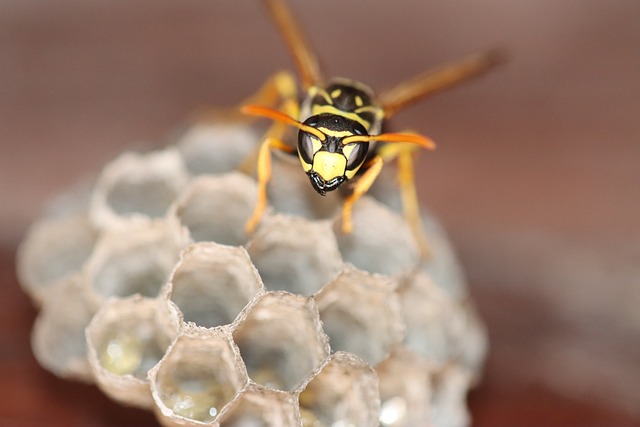
Non-toxic deterrents and repelents offer a safer, more environmentally friendly approach to wildlife pest control. Natural substances like garlic, cinnamon, and capsaicin—found in chili peppers—can be effective in keeping animals away from gardens and homes. These organic compounds are non-lethal and biodegradable, minimizing ecological impact. For example, mixing garlic with water and spraying it around entry points can deter rodents and other pests without leaving harmful residues.
Another powerful tool in eco-friendly wildlife control is the use of scent repellents. Many animals rely on their sense of smell to locate food or establish territories. By strategically placing odour barriers using substances like mint oil, citronella, or pine needles, you can mask these scents and create an unpleasant environment for unwanted visitors. This method not only protects your property but also promotes a healthier balance with local wildlife.
<section id="physical-barriers-and-habitat-modification–discussing-creative-ways-to-physically-prevent-wildlife-intrusion-while-respecting-their-natural-habitats.-“>
Physical Barriers and Habitat Modification: Discussing creative ways to physically prevent wildlife intrusion while respecting their natural habitats.
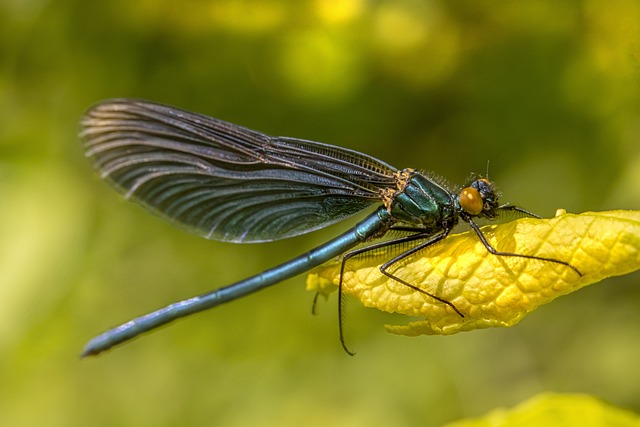
In the realm of eco-friendly wildlife control, physical barriers and habitat modification stand as versatile tools that offer both effectiveness and environmental sensitivity. Instead of resorting to toxic chemicals or aggressive repellents, creative solutions like specialized fencing, deterrents made from natural materials, and habitat manipulation can effectively keep wildlife pests at bay while preserving their natural behaviors and habitats. For instance, using electric fences tailored for specific species can prevent animals from entering areas without causing them harm, while carefully designed landscapes that include water features, plants native to the region, and shelter options can deter pests while maintaining a balanced ecosystem.
This approach not only reduces the ecological footprint of wildlife pest control but also fosters coexistence between humans and wildlife. By understanding the needs and behaviors of target animals, habitat modification strategies can be tailored to meet both human needs and animal welfare standards. This method ensures that measures taken are proportional, humane, and environmentally friendly, aligning with a sustainable and responsible approach to wildlife management.
<section id="beneficial-predators-and-biological-control–introducing-the-concept-of-harnessing-nature’s-predators-to-manage-pest-populations-sustainably.-“>
Beneficial Predators and Biological Control: Introducing the concept of harnessing nature's predators to manage pest populations sustainably.

In the realm of eco-friendly wildlife control, one powerful strategy involves harnessing nature’s own predators as a form of biological control. Beneficial predators, such as owls, foxes, and certain insect species, naturally feed on pests like rodents, rabbits, and insects that can devastate crops or gardens. By encouraging and supporting these natural predators in your ecosystem, you can achieve effective wildlife pest control while minimizing the need for harmful chemicals. This approach not only reduces environmental impact but also fosters a balanced and sustainable ecosystem.
Biological control is particularly appealing as it offers a long-term solution to pest management. Unlike chemical pesticides that provide temporary relief, beneficial predators continuously regulate pest populations. Additionally, introducing these predators can help reduce the reliance on synthetic chemicals, contributing to a healthier environment for both wildlife and humans. This eco-friendly method respects the delicate balance of nature while addressing the challenges posed by unwanted pests.
<section id="sound-and-light-management–utilizing-sound-and-light-as-tools-to-deter-wildlife,-with-a-focus-on-humane-and-eco-friendly-technology.-“>
Sound and Light Management: Utilizing sound and light as tools to deter wildlife, with a focus on humane and eco-friendly technology.
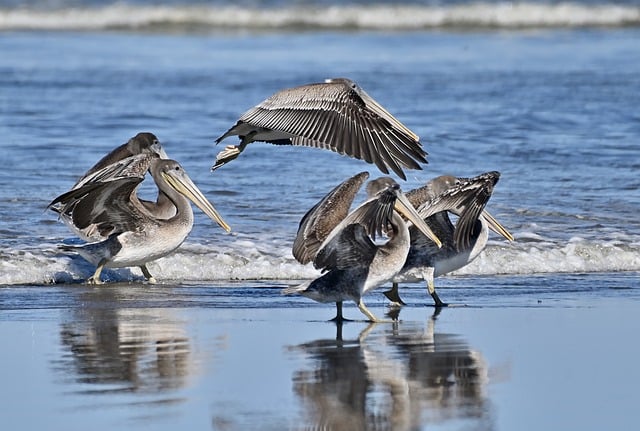
In the realm of wildlife control, sound and light management offer humane and eco-friendly alternatives to traditional pest control methods. Modern technology allows for sophisticated yet gentle deterrents that respect both wildlife and the environment. Ultrasound devices, for instance, emit high-frequency sounds that are unpleasant to animals but harmless to humans and pets. These sounds can effectively keep critters away from gardens, farms, and even homes, ensuring a peaceful coexistence without the use of chemicals or traps.
Light management is another powerful tool in the arsenal of eco-friendly wildlife control. Motion-activated lights can startle nocturnal animals like raccoons and opossums, encouraging them to seek shelter elsewhere. Additionally, specific wavelengths of light have been shown to disrupt the activity patterns of certain species, further deterring their presence. By employing these strategies, property owners can maintain a balanced ecosystem while keeping unwanted wildlife at bay, showcasing a harmonious blend of technology and conservation.
<section id="repurposing-and-natural-solutions–creative-ideas-for-using-everyday-items-and-natural-materials-to-create-effective-yet-environmentally-friendly-repellents.-“>
Repurposing and Natural Solutions: Creative ideas for using everyday items and natural materials to create effective yet environmentally friendly repellents.

In the realm of wildlife pest control, repurposing everyday items and natural materials offers a sustainable approach to deterring unwanted critters. Common household objects like soap, essential oils, and garlic can be concocted into potent yet eco-friendly repellents. For instance, mixing soap with water creates a foamy spray that mimics predator urine, effectively chasing away animals like raccoons and skunks. Essential oils like mint, cinnamon, and clove possess strong aromas that many wildlife find unpleasant, making them excellent natural alternatives to chemical-based solutions.
Additionally, natural materials such as eggshells, coffee grounds, and chili peppers can be utilized for effective wildlife deterrence. Sprinkling crushed eggshells around plants or garden beds acts as a physical barrier and may discourage burrowing animals. Coffee grounds, rich in acidity, can deter slugs and snails from feasting on garden produce. Chili pepper flakes or powder, known for their heat, can repel deer and other herbivores from entering specific areas. These creative, natural solutions not only protect homes and gardens but also minimize the environmental impact of traditional pest control methods.
<section id="community-engagement-and-education–the-power-of-community-involvement-in-promoting-sustainable-wildlife-control-practices-and-raising-awareness.-“>
Community Engagement and Education: The power of community involvement in promoting sustainable wildlife control practices and raising awareness.
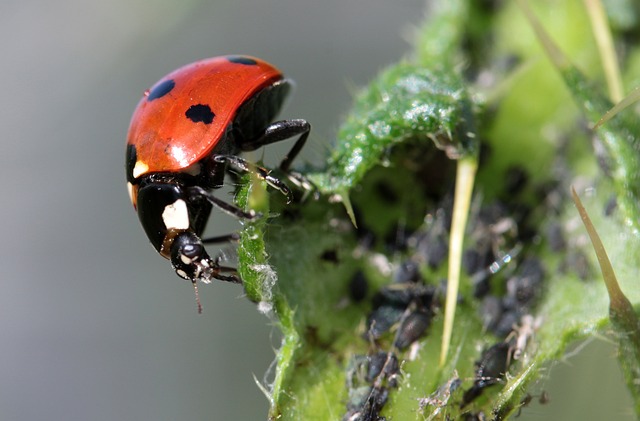
Community engagement is a powerful tool in transforming wildlife pest control practices towards more eco-friendly approaches. By involving local residents, schools, and community groups, we can foster a collective understanding of the importance of sustainable methods to coexist with wildlife. Educational programs, workshops, and awareness campaigns can dispel myths and misconceptions about harmful animals, encouraging non-lethal control techniques instead. Empowering communities to take an active role in wildlife management not only promotes conservation but also ensures that decisions are made with local needs and ecosystems in mind.
Through community engagement, residents can learn about the ecological roles of wildlife, leading to increased respect for natural habitats and a reduced need for invasive control measures. Educated communities are better equipped to identify and address issues, such as human-wildlife conflict, through harmonious solutions. This collaborative approach not only benefits the environment but also strengthens the bond between people and their local ecosystems, fostering a long-term commitment to eco-friendly wildlife pest control practices.
